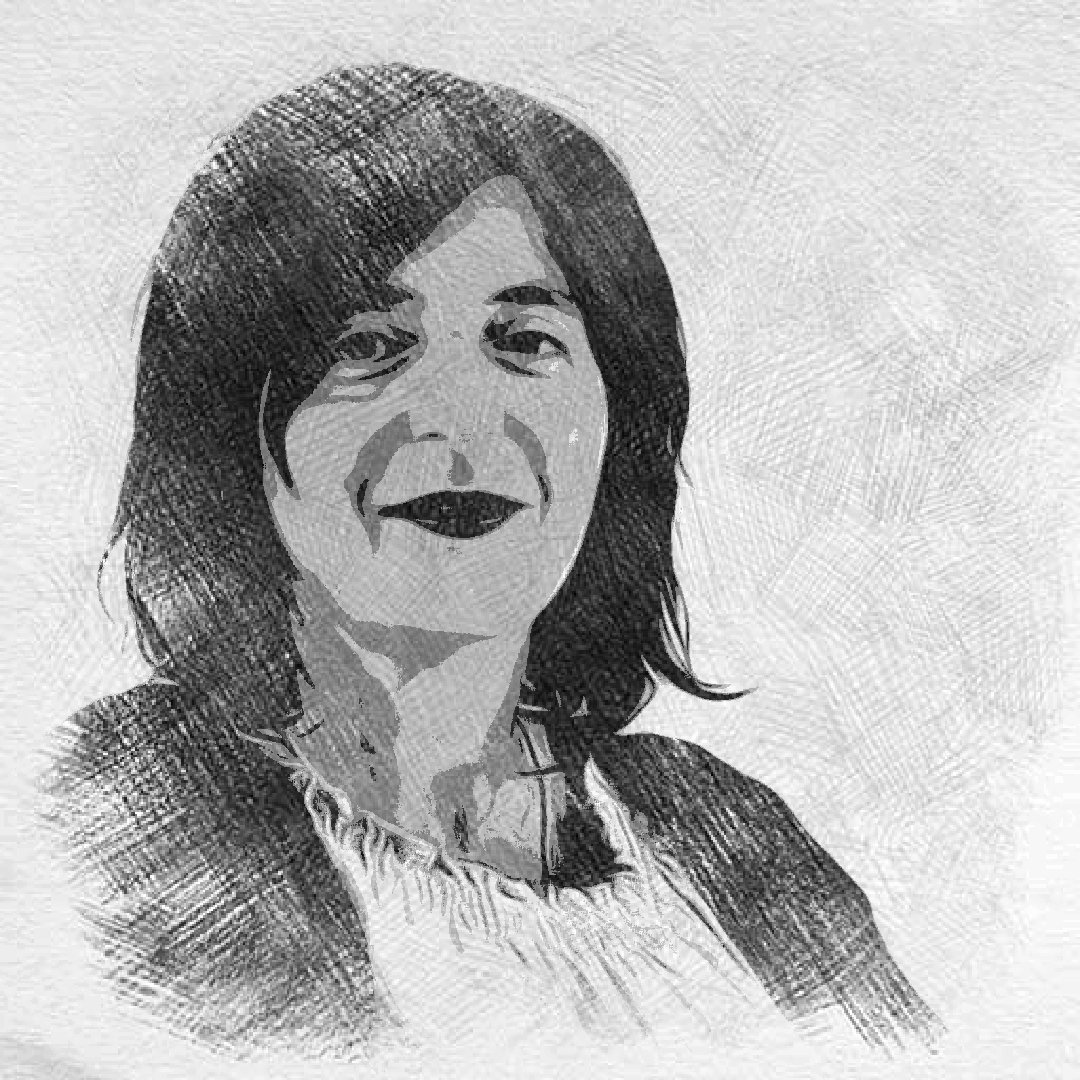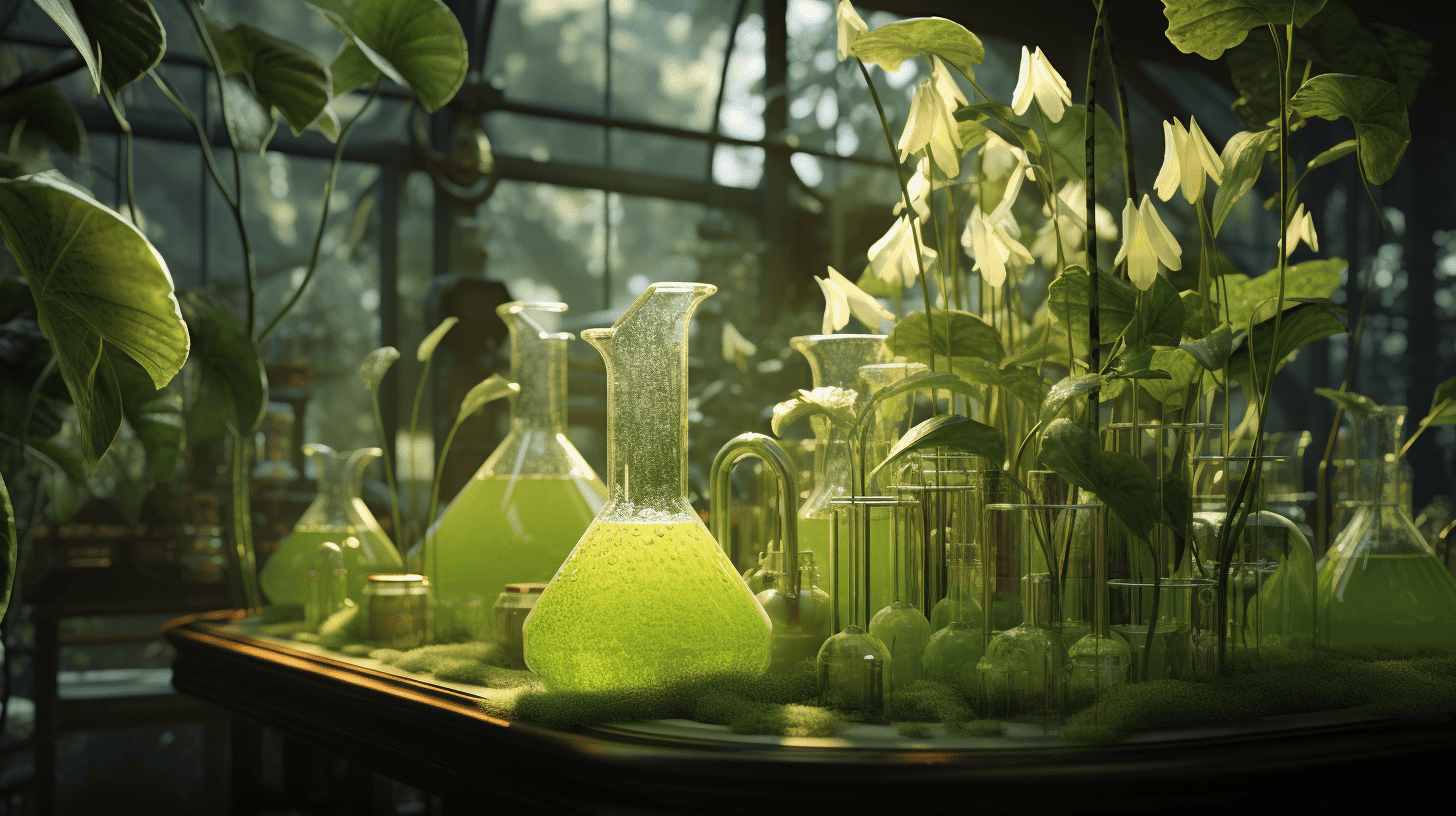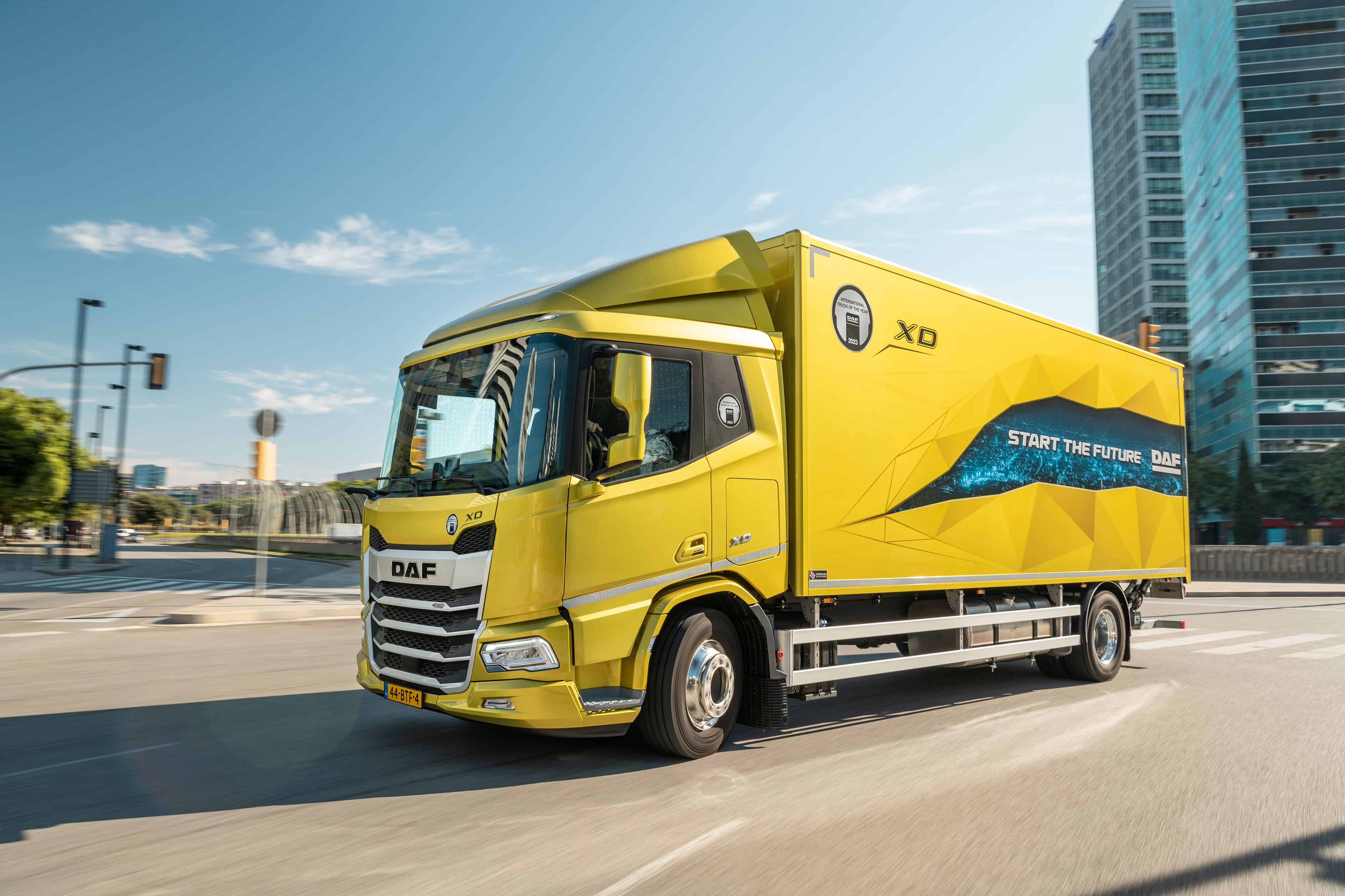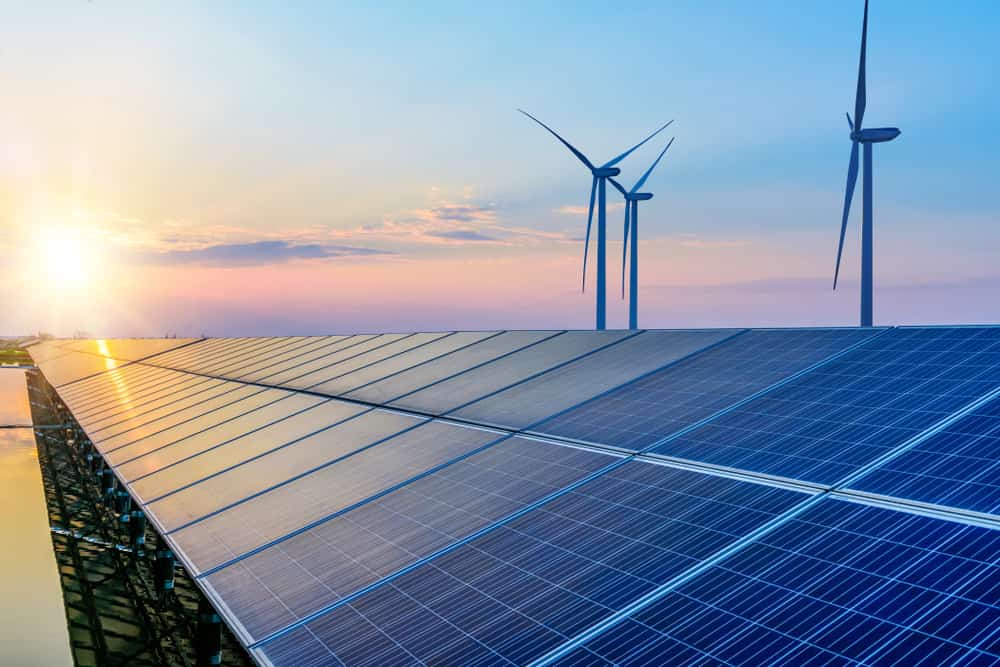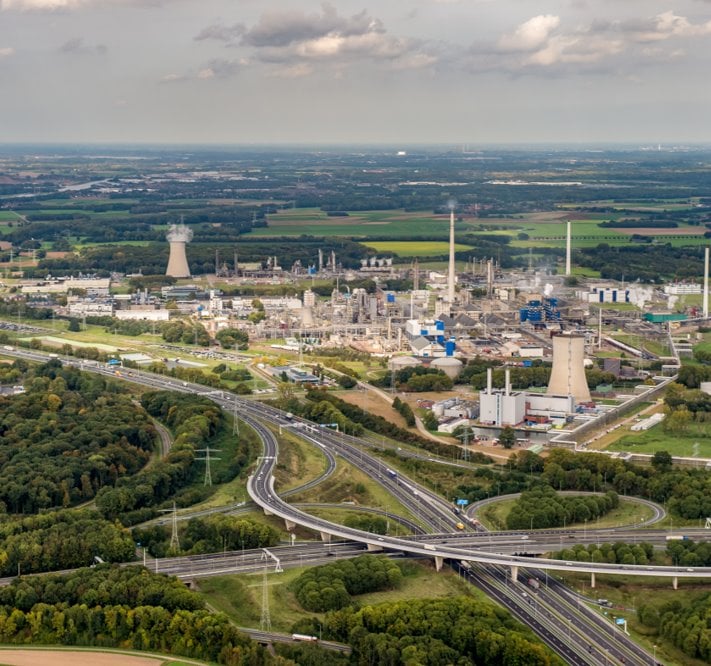
Although the overwhelming majority of oil and gas is used for energy and fuels, the process industry accounts for some 15 percent of oil and gas use, along with the accompanying CO2 emissions. Meanwhile, marvellous green initiatives which feature electrification techniques and renewable raw materials instead of oil and gas, are already in the pipeline. But the bottleneck is still scalability. That is according to Arnold Stokking, CEO of Brightsite and driving force behind the greening of the chemical industry from within ENZuid (the economic network for South Netherlands).
At the ‘Green chemistry, new economy’ online summit to be held on 24 February, policymakers, financiers and industry representatives will discuss the economic opportunities that this transition offers the manufacturing industry and the agro-and recycling sector. These delegates include Diederik Samsom (Green Deal Europe), Wouter Bos (Invest-NL), Focco Vijselaar (EZK), Guustaaf Savenije (VDL) Frank Kuijpers (SABIC), Albert Markusse (COSUN), Paul de Krom (TNO).
Innovation task
In the run-up to the Climate Agreement, agreements were made as part of climate tables that all sectors must reduce their CO2 emissions. This also applies to the process industry. Yet for the time being, the energy transition remains primarily focused on oil and gas as fuel sources.
“The time is ripe to shift the focus to the raw material transition and the new electrical processes,” Stokking emphasizes. “We need to stop burning coal in power plants and running cars on gasoline. After all, oil and gas as fuels make up the largest proportion of CO2 emissions – 85 percent. We also know that the chemical sector is dominated by a number of large users of oil and gas. By companies such as Shell, DOW, SABIC, YARA or OCI Nitrogen. They will be forced to undergo a transition. The CO2 pricing mechanism from Europe and the Netherlands serves as a big stick. To achieve the climate goals of 2050 (95 percent CO2 reduction), the transition to electrification of their production methods and the use of renewable raw materials are essential.”
Shutting down is not an option
“Shutting down the process industry is not an option at all,” Stokking explains. “If the Netherlands were to stop producing plastics, fertilizers and semi-finished products, we would get them from somewhere else. It is in the Netherlands’ interest that we retain this industry. If only because it provides employment for as much as 100,000 people in the southern Netherlands alone! Moreover, we basically need those products. All the more so because they can contribute to a more sustainable society. Think about lightweight materials for cars or good insulation materials for houses, for instance. We in the Netherlands are used to working on solutions and are very good at being innovative. Besides that, we have a strong high-tech sector for electrification alongside strong agro-industry and recycling sectors for renewable raw materials.”
Although industry has traditionally been located in the southern part of the country, such as Chemelot in Geleen, Zeeland Flanders and Moerdijk, Stokking says you certainly can’t speak of a ‘regional thing.’
“These huge plants are located in the southern part of the country,” he points out. “However, the search for an efficient solution is certainly not a regional issue. This is even too big of an issue for the Netherlands on its own. The solution routes have therefore been formulated on a national basis and even Europe-wide. We have to pull out all the stops to achieve the required volumes and results!”
Laboratories
Despite the fact that all kinds of excellent initiatives have now been developed to make the process industry greener, most of them are still stuck in the laboratories for the time being, Stokking contends.
“The solution is out there – replacing oil and gas with renewable raw materials. That in itself is not that complicated. Scaling up, however, still remains difficult. That has a lot to do with the chain formation issue. Instead of simply turning the oil supply on or off, the factories have to deal with all sorts of companies and sectors that are unfamiliar to them. For example, they suddenly have to work together with the agro-, recycling and high-tech sectors.”

Electrification
Electrification of the production process is of great importance in this respect. Stokking: “We have to help companies innovate with the use of electricity. For example, electrolysis is a well-known technology for making hydrogen from water and electricity. But it is still far from being efficient enough and is way too expensive. Also, if you use plasma technology, you can split and synthesize molecules under certain conditions. As in. make plastics or hydrogen from methane, for instance, and without generating CO2. Chemistry used to be approached from a gas heating principle. However, if we as the Netherlands want to retain our leading position in the chemistry industry, we must seize every opportunity to work with the high-tech sector.”
Incentives
A challenge in the transition to ‘green chemistry,’ in addition to bringing parties together, is financing. Stokking: “Oil is now an enormously efficient business. While the message we are sending out is not so appealing at all. For the time being, the alternatives are all more expensive.”
If we as the Netherlands want to retain our leading position in the chemistry industry, we must seize every opportunity to work with the high-tech sector.” Arnold Stokking, CEO van Brightsite
In order to sweeten this bitter pill, the emphasis with regard to government policy should therefore be more on stimulation. “At the moment, that policy is still very much focused on sanctioning CO2 emissions. Policymakers should also focus on incentives. Otherwise we will continue to get that stuff from abroad, whether they are made from fossil fuels or not. Taxing CO2 is obviously necessary, but perhaps we can learn lessons from the energy transition. Like the SDE ++ scheme from The Netherlands Enterprise Agency. That’s a great way for the government to stimulate the construction of wind turbines and solar power plants. A comparable scheme is also needed in this case.”
Societal problem
What’s more, only a limited amount of the pollution is caused by the industry itself, in Stokking’s opinion.”They emit CO2 through their own processes. But plastic also ends up in society. The ‘polluter pays’ rule is consequently much too simplistic. Whether it’s plastic bags from the Albert Heijn supermarket or all those face masks that we are now wearing en masse – as long as we continue to use them, and they subsequently disappear into the incinerator, it won’t make any difference. Not to mention all the plastic that we need to keep our products fresh. It is a broad social issue that we have got to solve together. And we have to do this in collaboration with the government, the business community and knowledge institutes.”
Light at the end of the tunnel
Yet Stokking does see light at the end of the tunnel. “There is ample evidence that this kind of greening is achievable with the use of alternative raw materials and electrical processes. So that means it is possible to do it! But have you ever driven past the Chemelot factory site in Limburg? It’s so enormous in size! Then you understand that we need the full 30 years up to 2050 in order to scale up new processes step by step and to make those factories greener.”
Which is precisely where a lot of work still needs to be done. Stokking: “Chain formation, financing and policy – all three are desperately needed, otherwise we won’t get there. These aspects are also interdependent. For one thing, you need financial support to round off a business case. You also need policy to stimulate actions, and you need chain formation to link the sectors together. The Green Chemistry, New Economy Action Agenda, which will be presented on Wednesday during the online summit, is intended to accelerate this transition by clearing bottlenecks and promoting hands-on greening initiatives.
For one, the agenda outlines nine initiatives that are illustrative of a whole range of existing initiatives. Collectively, these all represent a glimpse into the future: The new economy. Stokking: “Green chemistry is therefore not so much about technology as it is about new economy at the heart of a huge societal transition.”
Also interesting: Green plastics thanks to Artificial Intelligence

